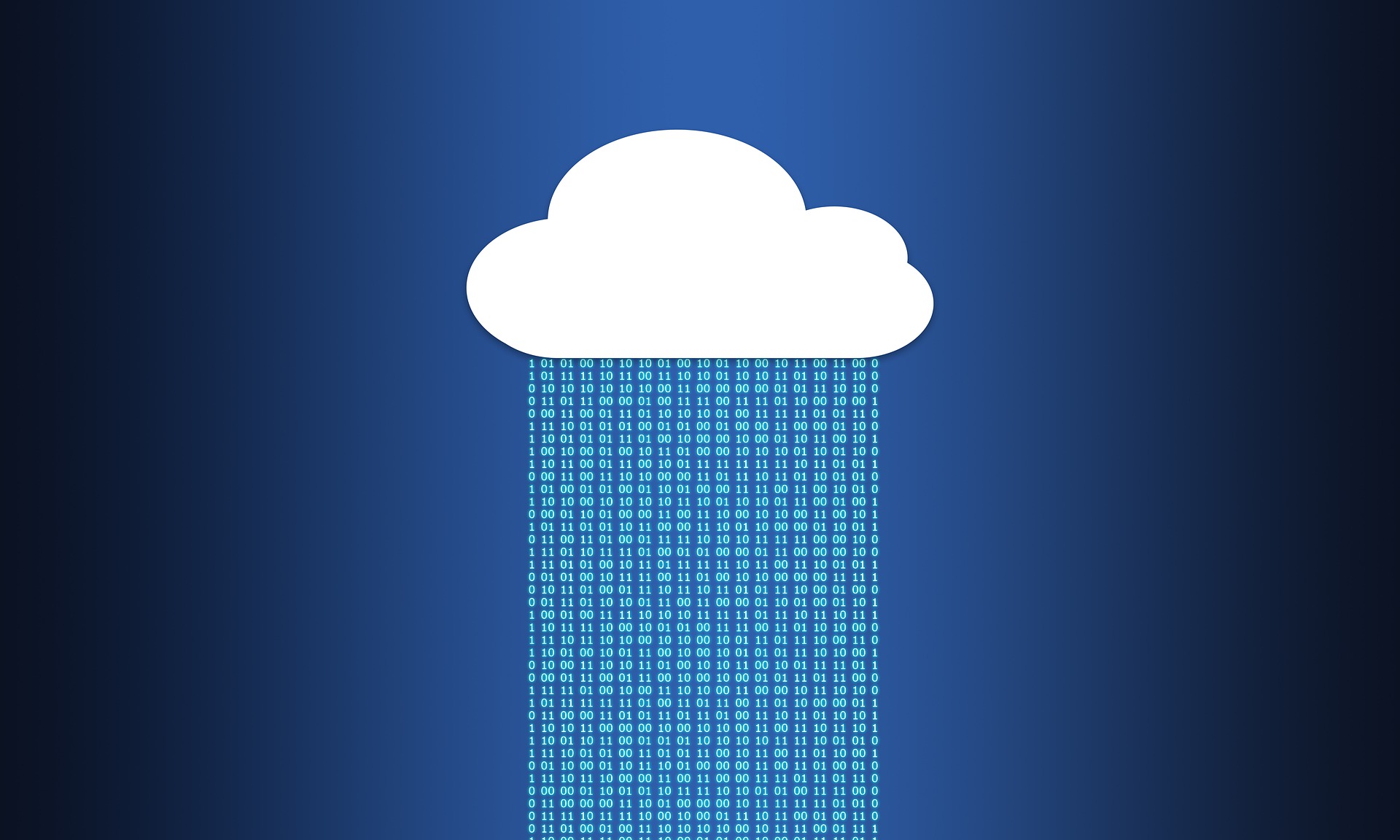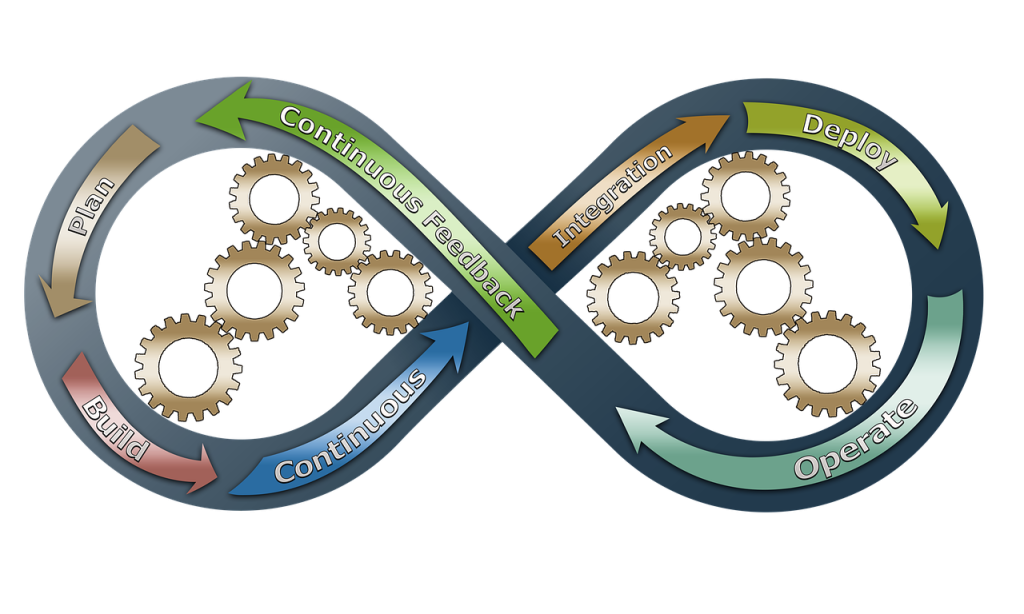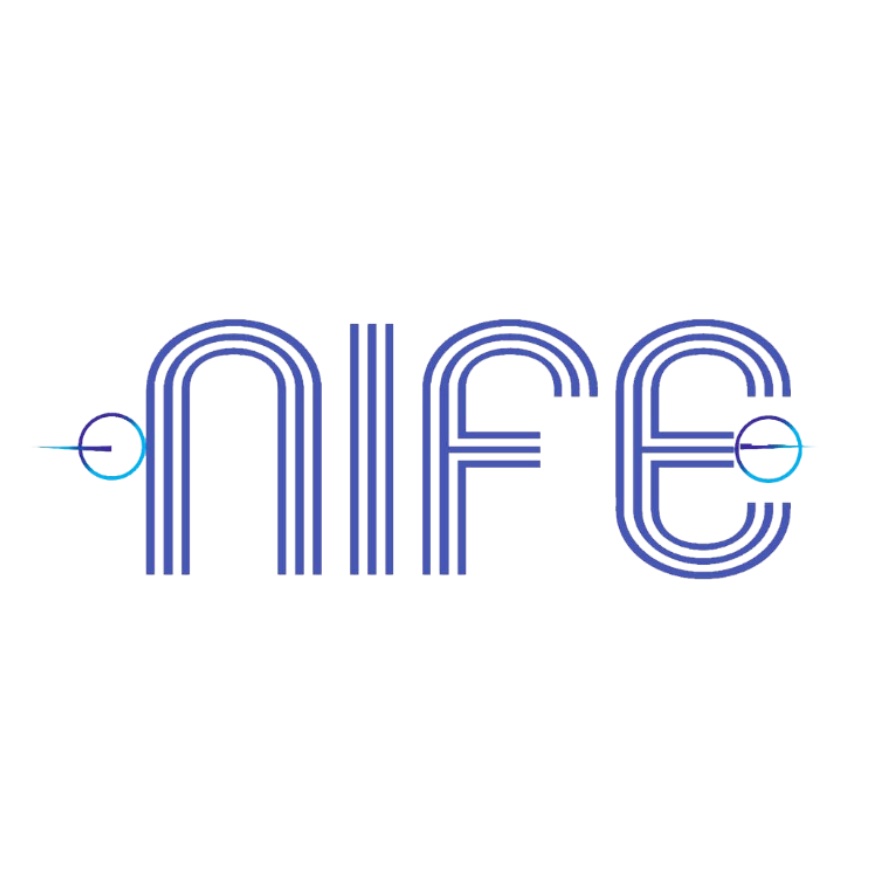
Cloud computing has emerged as a popular choice for organisations in the last few years. Organisations are migrating towards the cloud at a fast pace. According to a recent report, the global market size of cloud computing platforms in 2022 was $545.8 billion and is expected to reach $1,240 billion by 2027.
Cloud computing offers several benefits including improved scalability, flexibility, cost-effectiveness, and reliability. Globally, organisations are realising the benefits of cloud computing and starting to digitalise. But with cloud migration, there are some strings attached.
Cloud migration is the process of transferring an organisation’s applications, data, and IT infrastructure to cloud computing platforms. But implementing this transformation involves some challenges. In this article, we will explore these challenges and their solutions.
Cloud migration challenges and their solutions:
Cloud migration is a big step for an organization. It changes the whole dynamics from work culture to mindset. There are many benefits of cloud migration but migration itself can be quite challenging. Here are some cloud migration challenges developers face and strategies to overcome them.
Compatibility issues with legacy systems and dependencies:
Compatibility issues arising from legacy systems and other dependencies are one of the biggest challenges for developers. Traditionally, organisations use legacy systems with old technologies and outdated operating systems. Migrating applications to a cloud computing platform becomes difficult due to configuration differences.
Here are some more aspects of this challenge:
API and integration challenges: Your old legacy system might rely on specific APIs or Integration points unavailable in a cloud environment. It is up to developers to find solutions or re-integrate using cloud-native applications to maintain the functionality of applications.
Data storage challenges: Data is critical for any organisation, and loss of that data can lead to financial trouble. Your legacy system might have storage options different from cloud-based databases and object-based storage. During cloud migration, it is a big challenge for developers to transfer this data without loss.
Licensing: Licensing and Vendor lock-in is another challenge. Usually, legacy systems are tied with licenses making it harder to migrate applications to the cloud. It is crucial to review licenses and check for compliance.
Solutions:
Here are some solutions to overcome these challenges.
Rehosting: Developers can migrate the application to the cloud without any modification. Doing this makes the migration process fast but prevents developers from fully utilising cloud capabilities.
Re-platforming: Developers can modify the applications to make them work in a cloud environment. This helps them utilize cloud features.
Re-architecturing: Developers can also redesign the whole application to benefit from cloud services. They can also leverage microservices, containers, and serverless computing for optimal computing.
Hybrid cloud solution: Developers can also adopt a hybrid cloud model. By keeping some infrastructure on-premises, they can address compatibility issues. Adopting a hybrid model allows them to divide the cloud migration process into phases. Hybrid and multi-cloud strategies can be implemented using cloud management platforms.
Data migration complexities and impact on performance:
Data migration is a crucial step of cloud migration. It can be challenging for developers. It involves transferring data from on-premise infrastructure to the cloud computing platform. If not transferred correctly, it can significantly impact the performance of the application.

Here are some challenges related to data migration.
Downtime: Organizations cannot afford to lose applications for an extended period, especially when real-time data is involved. Cloud migration can result in downtime, which is unsuitable. It is up to developers to plan migration carefully to avoid downtime.
Data loss: When data is transferred at a large scale, corruption and data loss are common. Data loss can create problems for an organization. It is up to developers to ensure data consistency from the source environment to the cloud.
Data security: Data security is another challenge for developers during migration. Data leaks can cause legal and financial troubles for organizations. Developers can ensure data security using encryption for data in transit and rest.
Transfer cost: Data transfer costs can be quite high depending on your service provider and the amount of data you are migrating. Organisations need to create a migration strategy accordingly.
Solutions:
Here are some strategies developers can adopt to overcome data migration challenges.
Incremental data migration: Developers can prevent downtime and increase the consistency of data through incremental data migration. It involves transferring new data to the cloud after the initial migration. This ensures consistency and reduced downtime.
Parallel processing: By transferring data in small chunks developers can optimise the speed of data migration.
Data compression: Data compression techniques can also be used by developers to reduce the size of data and thus increase migration speed.
Cloud management platforms: Cloud Management Platforms (CMPs) are critical to cloud migration. These platforms provide tools and technologies useful to plan and execute successful cloud migrations.
Security and compliance considerations:
Cloud migration presents significant challenges for organisations in terms of security and compliance. Organizations contain sensitive user data. Data breaches are a risk associated with cloud migration. In addition, different industries have different compliance requirements globally and locally, so finding a cloud provider who meets all these requirements becomes a challenge.
Here are some crucial aspects of security and compliance developers must address.
Data protection: Organizations collect sensitive user data, which could result in financial difficulties in the event of a data breach. During data migration, there is a great risk of data breaches and corruption. It’s a challenge for developers to migrate data without corruption or breach.
Access control: Cloud Computing technology provides security features like access control. Organisations should use access control to ensure sensitive data is only accessible to authorised personnel. Moreover, access controls allow you to restrict the actions of employees.
Compliance and regulation: Every industry has its regulation, for example, GDPR for handling personal data or HIPPA for healthcare. During cloud migration, it becomes a challenge for developers to ensure cloud migration meets all compliance and regulations.
Solutions:
Here are some strategies developers can adopt during cloud migration to ensure security and compliance.
Encryption and key management: Implementing encryption on sensitive data and ensuring proper key management can help avoid data leaks in case of breach or loss. Encryption makes sure no one outside your organization can access your data.
Compliance training: Training developers about the regulation and compliance of the industry ensures the proper implementation of these regulations. It is the responsibility of organizations to provide developers and other stakeholders necessary training.
Security monitoring and incident response: Implementing Incident response procedures and security monitoring can help developers identify and mitigate real-time security threats. It acts as an extra security layer and increases the response time in case of any problem.
Secure coding practice: To enhance the security of the applications during cloud migration, developers need to implement code reviews. Implementing secure coding practices ensures there is no vulnerability in the application.
Performance and latency:
Maintaining the performance of applications during and after cloud migration is crucial for developers. Cloud migration might affect the performance of your application significantly. Here are some key aspects to consider when dealing with performance and latency challenges.
Performance management:
Resource provisioning: Developers need to provision resources required to run the application. Cloud computing technology offers various provisioning options including containers, virtual machines, and serverless computing.
Scaling strategies: Cloud computing platforms provide different scaling options for an application. Developers need to design their applications in a way so they can leverage auto-scaling. Auto-scaling help automatically adjust the resources of the application according to demand.
Auto-scaling helps maintain the performance of the application while keeping the cost low.
Latency management:
Choosing data centers: Many cloud providers offer data centres in different locations. The location of the data centre significantly affects the performance of your application. It is crucial to select data centres strategically. Choose Data centres close to your target audience for low latency and high performance.
Cost optimization:
One of the selling points of cloud computing platforms is cost-effectiveness. Although, this is true in the long run. Cloud costs can significantly increase if resources are not managed properly.
Solution:
Resource planning: Developers should assess the resources needed to run their applications before migrating to any cloud platform. Assessment data can help them estimate the cloud cost. They can also leverage a cost calculator for accurate results.
Choose the right plan: Cloud providers offer different pricing models. Choose the most cost-effective according to your requirements. Here are three pricing models cloud providers offer.
Pay as you go: Suitable for variable workloads
Reserved Instances: Suitable for stable workloads
Spot Instances: Suitable for fault-tolerant and flexible applications
Cost allocation: Cloud platforms provide tools to allocate budgets to different projects. You can also track overall spending and cut budgets where necessary.
Navigating cloud migration challenges with Nife Labs – The hybrid cloud computing platform:
Nife Labs is a hybrid cloud-computing platform that provides cloud-computing services to businesses in all industries. Nife’s cutting-edge solutions empower enterprises and developers seamlessly launch and scale applications within minutes. Nife helps organizations define clear migration goals and objectives.
Nife’s hybrid cloud capabilities enable seamless migration and integration of applications and data, ensuring a smooth transition to the cloud without disrupting existing operations. This hybrid approach allows organizations to retain sensitive data and critical workloads on-premises while leveraging the cloud for scalability and efficiency.

Nife integrates DevOps practices in its cloud computing platform. Fostering an environment of collaboration between different teams ensures faster and more reliable software delivery. Nife Cloud platform streamlines cloud migration and ongoing management, enhancing efficiency and agility.
Embrace the future of cloud computing – Try Nife Labs now!
Conclusion:
Cloud migration presents significant challenges, including compatibility, security, and cost migration. Businesses can overcome all these challenges by planning comprehensively, choosing the right cloud services, and embracing DevOps practices.
As a result of successful cloud migration, several benefits can be realized, such as improved scalability, cost-efficiency, flexibility, and faster time to market. Businesses can utilize cloud management platforms to ensure successful cloud migration.
The best way of cloud migration is phase-wise. Nife’s hybrid cloud computing platform allows businesses to access advanced technology while keeping their crucial components on-premises.







